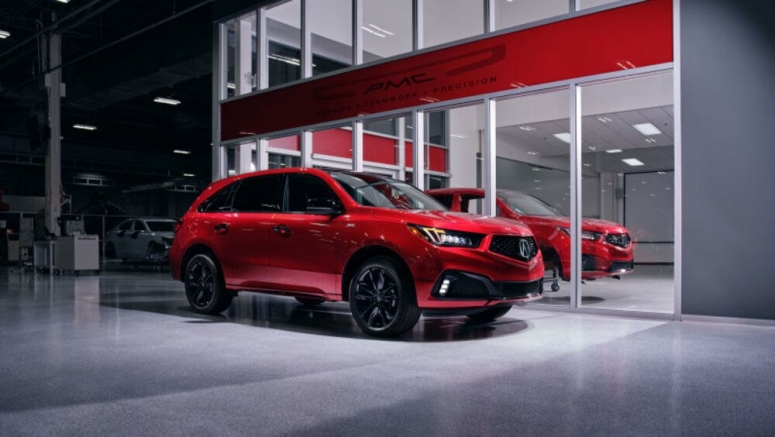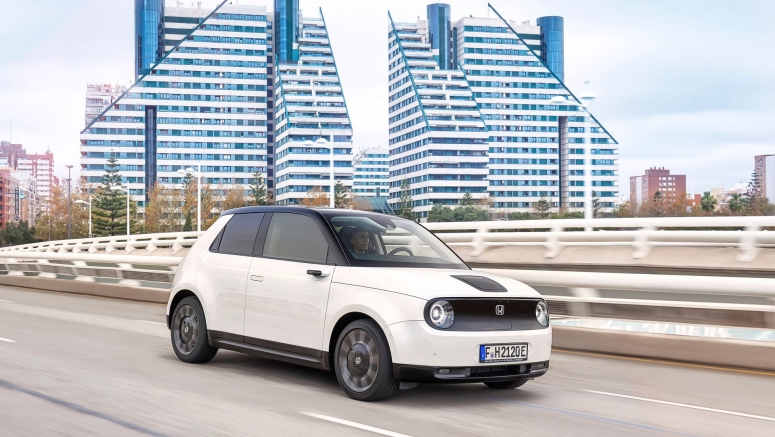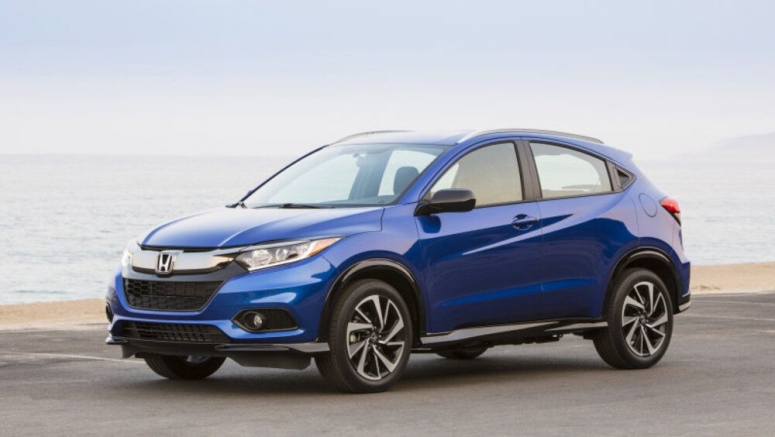2020 Toyota 4runner | How Much Fits In The Cargo Area?

Of course all the luggage in my garage fits inside the 2020 Toyota 4Runner. I mean, duh, it's a midsize SUV and a boxy one at that. Thankfully, then, there's a lot more to talk about here than answering "will it fit?" There's the matter of just how much stuff you can bring along on a rugged 4Running adventure (holy cow it's a lot!). There's the optional sliding cargo floor, the TRD Pro's jumbo roof rack and the new-for-2020 proximity entry that lets you open the tailgate by keeping the key in your pocket. And oh yes, as always, there's the power-lowering rear window. Now, if you're looking for something a lot meatier to bite into with the 4Runner, read Dan Edmunds' Suspension Deep Dive. But, if you're still hungry, let's commence the luggage test. Here's the cargo hold, which comes with a whopping 47.2 cubic feet of space behind its back seat. For some perspective, I'd consider the Honda Passport to have a ton of space back there, especially when compared to other two-row midsize crossovers, yet it only has 41.2 cubic feet. Now, that 47.2 number is without the sliding cargo floor that you can see up there. To see how much you lose, here's the cargo area without it. It's not insignificant. Here is a better look at the sliding cargo tray. Here is the mechanism that deploys it as well as the little pop-up ledge near the back seats that comes with it. Now, to the luggage. To start, I kept the cargo cover in place and kept the back seat at its fully upright and locked position. As always, I use two mid-size roller suitcases that would need to be checked in at the airport (26 inches long, 16 wide, 11 deep), two roll-aboard suitcases that just barely fit in the overhead (24L x 15W x 10D), and one smaller roll-aboard that fits easily (23L x 15W x 10D). I also include my wife's fancy overnight bag just to spruce things up a bit (21L x 12W x 12D). Snooze. I almost could've stood there from 10 feet away and chucked them inside. OK, but what if I tried to load them all using the slide-out tray. A little harder, but still do-able. Honestly, at this point I started to question how useful the tray was. Perhaps a shorter owner would find it helpful, but even if there's still a ton of space left over, you still lose some, and you also have to make sure to load everything just-so onto the platform to make sure it doesn't topple off and stop the tray in its tracks. Verdict: I'd skip it. But the luggage testing doesn't stop there. Now, let's remove the cargo cover, which is a typical reel unit that easily pops out. Now you can see just how much space is left over, or ... ... How much you can still carry when you fully recline the back seat. And I do mean FULLY recline, because the 4Runner is quite indulgent back there, as your author can attest in the photographs below. As you can see, though, I've hardly been putting the max Tetris effort into this. Let's put the seats back fully forward (still perfectly comfortable), keep the cargo cover removed and see just how much stuff you can fit back there. Boom! That would be all the luggage described above plus a 38-quart cooler, a giant two-person inflatable river raft, a small Harry Potter Ravenclaw backpack and a Graco Pack 'N Play portable play pen. I'd say that's pretty representative of a family weekend 4Running adventure. And if you still have more stuff ... The TRD Pro includes a serious roof rack with four movable cross bars. I'm not really sure what would've been left in my garage to throw up there (plus the weather was garbage, hence the lack of an Army Green photo), so you'll just have to use your imagination. Now, if this reminds you of the FJ Cruiser's rack, that's probably the point. The dearly departed FJ also donated the TRD Pro's Army Green paint for 2020 and the Voodoo Blue paint (pictured) for 2019. Dear Toyota, why can't we have them both every year? And to use the Voodoo Blue truck one more time, here's the always-awesome power-lowering rear window. It is fantastic. Note the spot next to the R in 4Runner. It's a key hole on the 2019 TRD Pro, but for 2020 ... It has buttons that do what they say they do since proximity entry has been added to all trims but the SR5 and TRD Off-Road for 2020. So there you have it. Not only is the 2020 Toyota 4Runner extremely awesome, it's extremely practical too.












